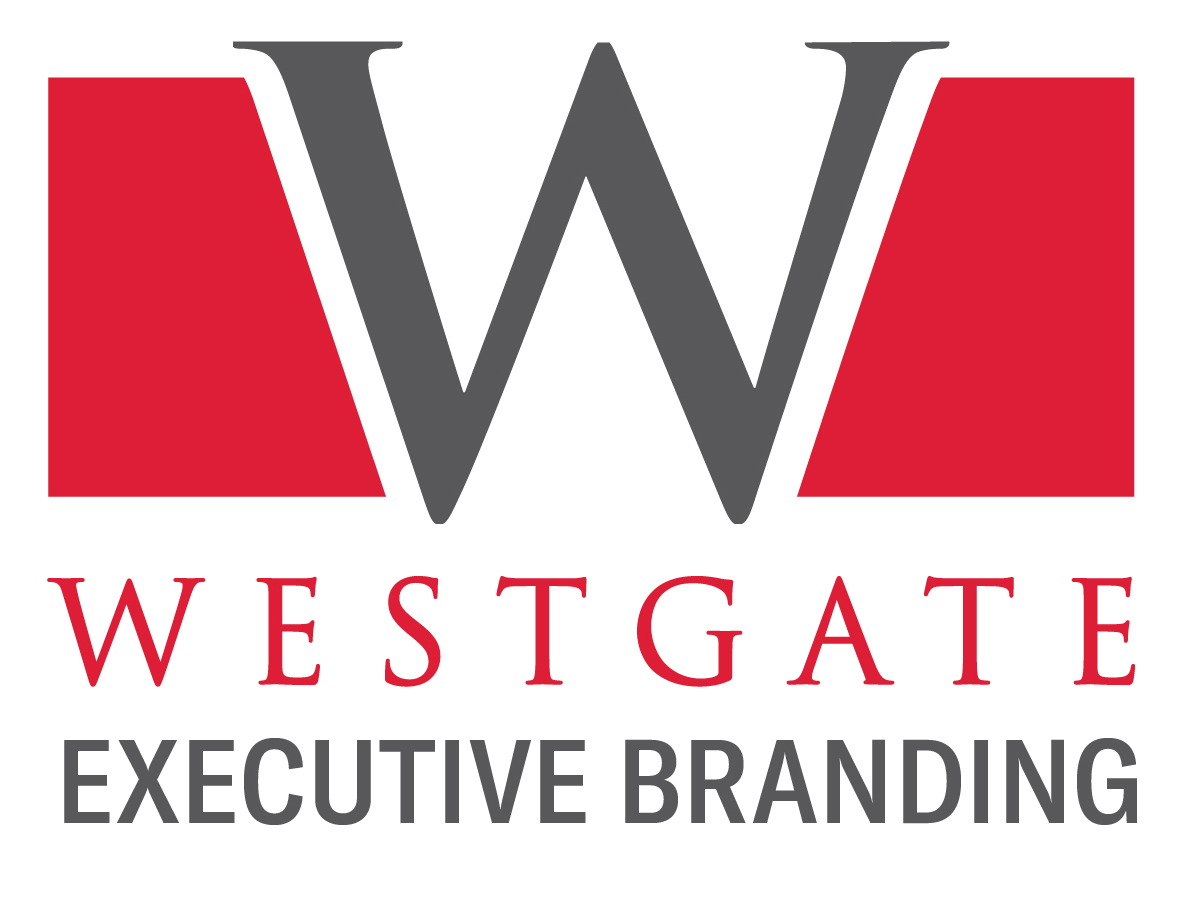Raising visibility inside and outside your organization is both a short and long game. Planning for the future you want now is a smart strategy. Here are a handful of tactics you can use to raise your personal brand.
We recently examined more than 280 client files (during COVID-19) and uncovered a handful of themes of current CEOs, aspiring CEOs, board advisors, board directors, and other business leaders from private equity portfolio companies, Fortune 500 and mid-market companies.
Typically, the conversations we have with CEOs, or their firms occur at the point when the client needs to make career-related decisions. Trigger events (a change in board composition, loss of a major customer, or crisis) often cause clients to pause and wonder what’s next. Sometimes, though, the client is undergoing a succession-planning exercise and the corporation needs to plan for an unplanned departure of a leader.
When there is a merger/integration of companies, the incumbents must determine their next steps and figure out where to go and how to get there.
*Any information directly correlating with the client has been fictionalized or omitted to protect their confidentiality.

Here are the top three visibility issues extrapolated from those 280 conversations:
“I want to find out the best way to market myself in this rapidly changing job market. With so much competition out there, how do I get noticed?”
“How do I maximize my visibility?”
“How can I break the ceiling? How can I market myself better?”
Visibility through publishing and speaking
While there are many ways to build visibility, this article examines three primary areas industry leaders can amplify their presence, break through the ceiling, and surpass the competition both internally (post-merger integrations) and externally (board applications, industry changes, and new investors). Publishing a book, whitepaper, and keynoting at industry events are three popular and achievable ways to stand out in the crowd.
Think like a CEO
You must understand the issues facing CEOs to be forming your new personal brand to attract that audience. To determine the issues CEOs face, read the annual reports of your targeted companies. You will determine topical areas most relevant to CEO and board-level executives:
Marketplace:
- Regulatory Compliance
- Macro-economic Influences
- Investor, Shareholder & Media Relations
Corporate Governance:
- Project Approvals
- CEO Performance
- Crisis Management
Operations:
- Customers
- Supply Chain
- Employees
Financial:
- Revenues & Cash Flow
- Budgeting, Forecasts & Treasury Operations
- Financial Reporting
Immersing yourself in these topics will be a valuable learning experience. You may also turn to podcasts, BNN, and analysts’ calls to learn the timely and pressing issues boards, investors, and CEOs are facing.

Understand your targeted audience(s)
I’ve spoken to dozens of industry subject-matter experts (SMEs) who have a unique story, solution, or process they’ve developed and are unsure how to showcase the solution. One client (we have received his permission to share his story) is a senior engineering leader who is able to mitigate and manage crises with ease (seemingly). Undaunted by the most toe-curling event, Thomas is unflappable, even during a regional service disruption on a national system that impacted millions of customers over a period of 7 hours.
While his expertise is power engineering, he understands the multiple pressures the “system” faces daily. When the call came from head office that the system was down and the entire region of the country was cut off from service, Thomas was the first call from the CEO’s office. Three times in 12 years, he was the go-to guy for these types of crises (I tried to convince him to leave corporate and take on a lucrative consulting arrangement, but he was so “engaged” with his employer, he declined).
With his personal brand amplified internally as a crisis manager, he was seeking a board seat in a private company (while maintaining his position as a regional COO of his current company). Using his crisis-management methodology, Thomas created a signature keynote presentation he was able to deliver at industry conferences. However, what Thomas did beautifully was target audiences where decision-makers would be gathered. Mid-market CEOs, board directors, and private equity fund operating partners are ideal audiences for him.
Thomas follows the news carefully and understands the landscape his targeted boards are operating. From regulatory changes (changing laws, regulations, etc.) to changes in technology, and approaches to customer information protection, he has his fingers on the pulse of what matters to boards today. In this way, he presents himself as a solution through his keynote talks. Because his process is a discipline he’s established over decades of experience, he is confident in his messaging.
Keeping current on market trends will help you to customize your presentation for timely and relevant sub-topics.

Uncovering your expertise
If you’re unsure what topics to showcase (you may have many you could present), try some or all the following:
- Review your performance reviews for areas of strength. What do your direct reports, peers, and senior leaders say about you?
- Check customer feedback for themes. Voice of the customer, especially tuning into the questions they ask or the issues they bring to you.
- Ask a handful of friends, family, and colleagues about your top abilities. You can say “When you think about my work, what do you consider my top skills.”
- Check online reviews (such as Amazon book reviews) for topics and you may uncover topics that are not covered in the book (i.e., I had hoped this author would have covered trends in ___ and ___ insurance for M&A due diligence.)
Of course, the topic you choose should have intrinsic value to maintain your enthusiasm and interest because audiences will detect your interest (or lack of) in the topic.

Raise your visibility
There is simply no better way to build your authority and raise your visibility than to publish a book. A friend and colleague, Eric Butow, has published 42 titles (at the time of this writing) and has two in production.
Publishing a book
* Estimated time: 6 to 18+ months
While a book can take months to years to publish, there are faster ways to get noticed (while you write your book):
Writing a whitepaper
* Estimated time: 4 to 12 weeks
Primarily associated with industry, whitepapers are a great way to beta test your topic while getting noticed by the higher ups in your business ecosystem. I wrote a whitepaper that spanned 12 months of research because I interviewed industry CEOs while researching adjacent topics.
Keynote speaking
* Estimated time: 2 to 8 weeks
A great way to determine a topic is to seek organizations requests for papers for conferences, CEO roundtables, and think tanks. This is a great way to do research for your book and or whitepaper topic. A deep dive into leadership development and technical syllabuses may help to further your information collection.
*Time required is highly variable depending on time budgeted to write, research, and market the product.

Break out of corporate stereotypes and pigeon-holing
Brett (*a pseudonym) struggled with an informal title he didn’t want. He was known as the “PowerPoint guy” who could pull together a high-level strategic plan quickly and effectively. The problem was that was the only reason he was consulted internally. When the company planned the acquisition of a similar-size business, he was interested in participating as a member of the Integration Team.
Much to his surprise, one of his lesser-accomplished peers was chosen for the role.
To combat the issue of pigeon-holing, I encouraged Brett to map the value chain for the strategic planning process. A graphical representation of his process would help senior management understand the complex journey. Additionally, Brett began to write about M&As, rather than focusing on strategic planning. In this way, his expertise focused on the benefits of the benefits. He began writing internally and externally about post-merger integrations and product integrations. In this way he deflected attention from being “the PowerPoint guy” and to being the SME for the entire value chain activities for successful and profitable integration.
Brett had a short-term and long-term vision for his personal brand. While he was repositioning himself internally for new opportunities, he was also speaking at industry conferences on the topic of change management and integrations. The strategic planning process he so expertly refined became one of many of his leadership tools. The transformation did not occur overnight, but the repeated focus on his key messaging began to stick.
A note on industry keynote speaking
Carefully select your audience for speaking. If your goal is to attract the attention of industry mavericks and influencers, you must speak at the events where these people are present. Speak “up” rather than “over” or “down”, meaning that your goal is to speak to higher-level decision-makers in your industry vertical.

Industry Endorsers
A powerful accelerator for raising your visibility is a champion to speak on your behalf. The endorser may be a previous boss, mentor, or community leader who is willing to endorse your brand. The most famous exemplar is Dr. Phil McGraw’s champion, Oprah Winfrey. “In 1995, Oprah Winfrey hired McGraw's legal consulting firm CSI to prepare her for the Amarillo Texas beef trial. Winfrey was so impressed with McGraw that she thanked him for her victory in that case, which ended in 1998. Soon after, she invited him to appear on her show. His appearance proved so successful that he began appearing weekly as a relationship and life strategy expert on Tuesdays starting in April 1998.” (https://en.wikipedia.org/wiki/Phil_McGraw).
While an extreme example, it’s a perfect one. Dr. McGraw’s recognition was brought to the public by Oprah Winfrey, which is an example of the potential power of influencers on an individual’s career. Your former boss, mentor, or colleague can help amplify your brand in this way.
Your CV—coach or business class?
The seemingly pedestrian of all career documents is the resume or CV. A commodity personal marketing tool, the executive resume—when appropriately designed—can open doors for the aspiring leader, CEO, board director, or investor.
Your resume will be socialized among the senior leaders, board, and company investors, and this is another way to garner visibility in your targeted market.
Consider the audience(s) for your CV, bio, and LinkedIn profile:
Considering your destination target market, are you seeking a coach class role or a business class role? The messaging you choose will determine the quality of opportunity you are offered:
- 100-day closing period
- Part of the personal branding process
- Industry changes
- Internal promotions
- Board of director’s fiduciary role
- Board of director’s advisory role
- International expansion of the business and the messaging needs to be perfect
- Pre-IPO
- New markets
- Important pitch
- Regulatory submissions
- Award nominations
Commoditization of executive resumes
As a global award-winning career strategist and resume writer, I have studied this industry for more than two decades and my chief concern is the herd mentality that is pervasive in the market today, especially since the dawn of the Internet. There are so many myths and misunderstandings that cause harm to job seekers today in the form of panic, lost confidence, and panic decision-making.
The resume itself is simply a tool or a vehicle to transport a message to a targeted decision-maker. It is a marketing document designed to open a door. It will not get you a job. It will get you the attention of a decision-maker at best. Similar in function to a movie trailer, the resume’s job is to get the intended audience to read enough of the document to trigger a telephone call to you.
Your brand speaks for you when you’re not in the room.
Aspiring CEOs, board directors, operating partners, and applicant tracking systems (ATS)
One of my favorite thought leaders in the world of recruiting and management theorists is Lou Adler
Lou Adler, author of The Essential Guide for Hiring & Getting Hired: A Performance-based Hiring Handbook, and performance-based hiring expert, has often criticized technology, including job boards for getting hired. One ATS platform named in his article “Why Job Boards are the Worst Way to Get a Job (https://www.louadlergroup.com/why-job-boards-are-the-worst-way-to-get-a-job/), an ATS was quoted as having processed 15 million applications in three years that produced 150 thousand jobs filled, which is equivalent to one in 150 odds, which is extremely steep competition.
The same article shows that employee referrals increased the odds to 10:1. At the CEO level, there are fewer job opportunities, so the math may not directly correlate to the labor market overall, however, the example illustrates this concept clearly. Go direct to organizations through referrals and introductions, not through applicant tracking systems.
At the CEO and board level, the ATS has no utility, in my opinion. The chances of getting hired through an ATS process (also known as ice-cold outreach) are extremely low. ATS and job boards are designed for corporations to fill their funnels and databases and for the advertisers who advertise on these platforms. They are not designed for the success of the candidate.
As you navigate a board or CEO search, understand it will take time, especially if you don’t have expansive networks to tap into. Aspiring CEOs need to have a defined list of targeted organizations. The most effective strategy for approaching a board or CEO role is visibility. Creating demand for your product (you) by speaking and writing has one of the best ROI’s because you are speaking to MANY at one time. A resume plastered across the Internet does not produce quality results at your level.

Don’t be a technology slave
We have had concerns over the years regarding resumes being non-ATS compliant and not very attractive, but that is missing the entire point of the resume. It’s not about you. It’s about your audience.
I’m indifferent to the style and design of a resume if the tool performs well. Each resume showcased on the website are fictionalized content from clients who’ve achieved epic success and have changed the lives of our clients for the best. The message is pivotal to the response.
Higher salaries, more time with family, and shorter commutes are the key outcomes of our executive resumes. One client now has lunch with his elderly mother every Thursday because he can walk to her condo from his office in downtown Toronto. Another client shaved 20 hours per week off his commute. Another client doubled his salary enabling his young wife to be with the children before they start school. I share these outcomes with you because proper positioning and value proposition should not be designed for ATS.
It is the human that the resume must be written for—not the ATS.
The CEO resume, properly designed, will get you onto the plane in business class. A poorly designed resume will get you onto the plane in coach class if you’re lucky it gets anyone’s attention at all.
Personal branding and your business, career, or promotion
Your brand speaks for you when you’re not in the room. Whether you’re keynoting at an industry conference, speaking with the dinner-hour media live, dealing with regulators, or pitching to investors, your value proposition needs to be consistently, repeatedly, and clearly presented.
We enjoy working with individuals and organizations to help raise the visibility of aspiring and high-performing leaders.
Benefits of personal branding transcend the future for:
- Better decision-making (to be efficient and save precious time)
- Clearer goals (to bring confidence)
- Work-life harmony (to optimize performance and reduce stress)
We would love to welcome you to the Westgate family of success stories. We are 100% independent and work with high-profile leaders and organizations who seek peak performance for optimal business success.

For aspiring CEOs, C-levels, and business leaders
Learn about the Career Navigator Program (CNP) now in its eleventh year. Jump-start your C-level trajectory with a proven process and framework used by thousands. And, leverage the global labor market by uncovering a powerful brand that will speak on your behalf in front of organizations who don’t know about you. A powerful brand speaks for you when you’re not in the room while thriving during economic downturns because strong brands weather difficult times.
For CHROs, private equity funds, and boards of directors
Learn about the C-Suite Optimization Program (CSOP), which is designed to help your new CEO on board safely and effectively thereby protecting your investment in the new leader. By doing so, you will reinforce your business plans early and help the CEO make the kinds of rapid and decisive moves that help foster success in the long term.
Get in touch
If Westgate can serve as a resource to your board, we’d be happy to explore with you. Drawing on 25 years’ corporate experience and serving organizations in the United States and Canada, Westgate Executive Branding is a 100% independent firm with no affiliations with recruitment or outplacement firms. Schedule a confidential conversation with our Client Success Strategist, Maddison Shears at maddison@westgatecareercoaching.com.

